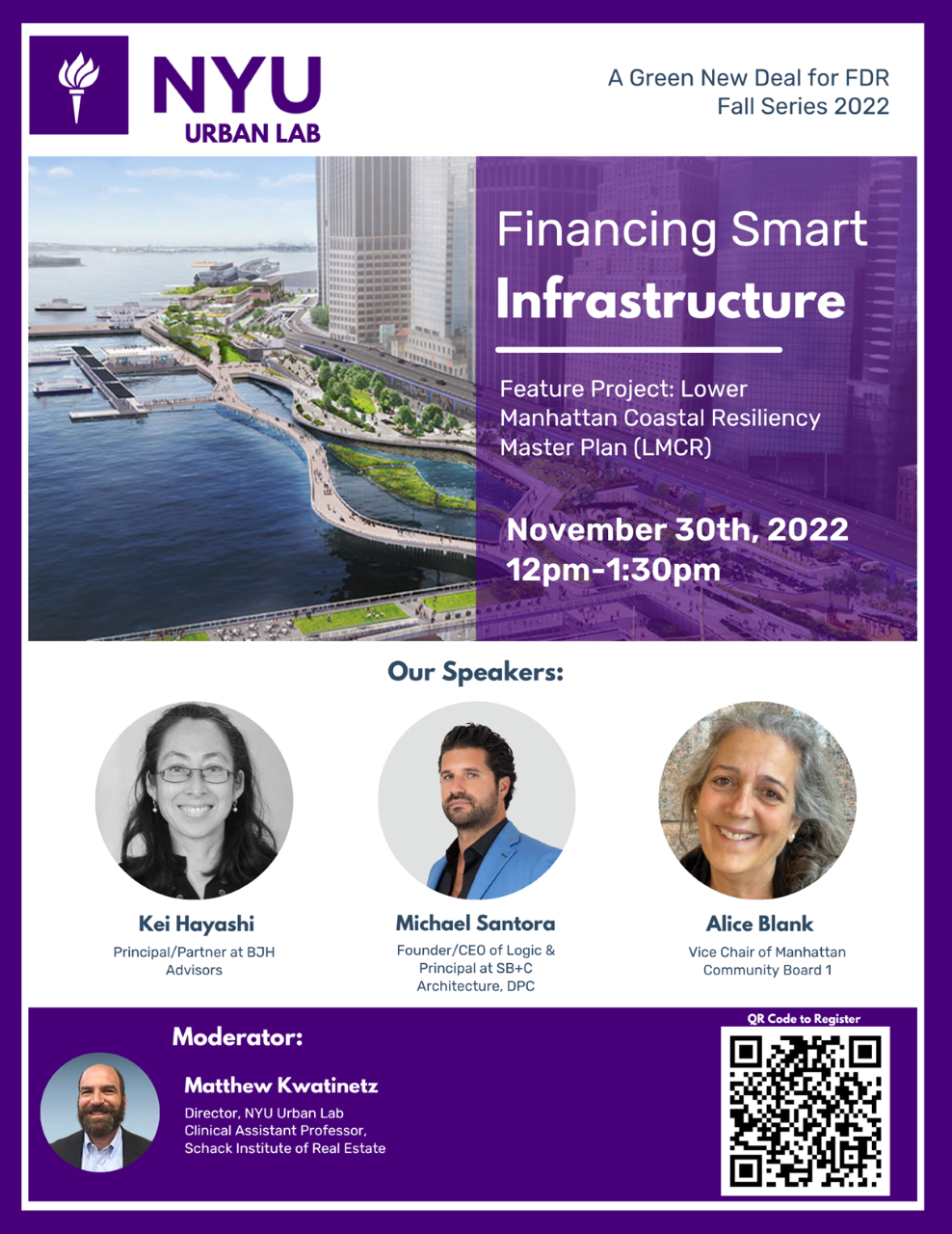The NYU Urban Lab is dedicated to becoming the premiere hub in the country focused on impact real estate development and inclusive growth in cities. Since its founding in 1967, the Schack Institute of Real Estate at NYU’s School of Professional Studies has fostered collaborations between students, faculty and industry leaders to address the unique real estate challenges facing the world. Schack has an extraordinary number of current industry practitioners counted amongst its adjunct faculty. The Lab is a working laboratory that leverages this network effect of industry expertise in combination with the cutting edge of academia to address current challenges and best practices in urban real estate development and urban policy. With a focus on industry research, case studies and practical training, the Lab and its affiliates create resources for the real estate industry and policy-makers across the public, private and social entrepreneurship sectors.
The Lab has a particular focus on the strategies for simultaneously advancing both economic and social prosperity, which we call inclusive growth.
The Lab is multi-disciplinary and focuses on four areas of research:
- Inclusive Growth & Economic Development
- Regenerative and Sustainable Infrastructure
- Public/Private Partnerships & Impact Capital Formation
- Agglomeration
The Lab’s annual activities include:
- Faculty sponsored research
- Convenings including the annual Global Cities Conference
- A published body of practical case studies, tutorials and lectures by industry leaders and academics
- Student, industry and faculty fellows are regularly involved in analyzing and publishing case studies in public/private partnerships.
Contact us today to get involved in helping to understand and shape the future of the global urban landscape.






























